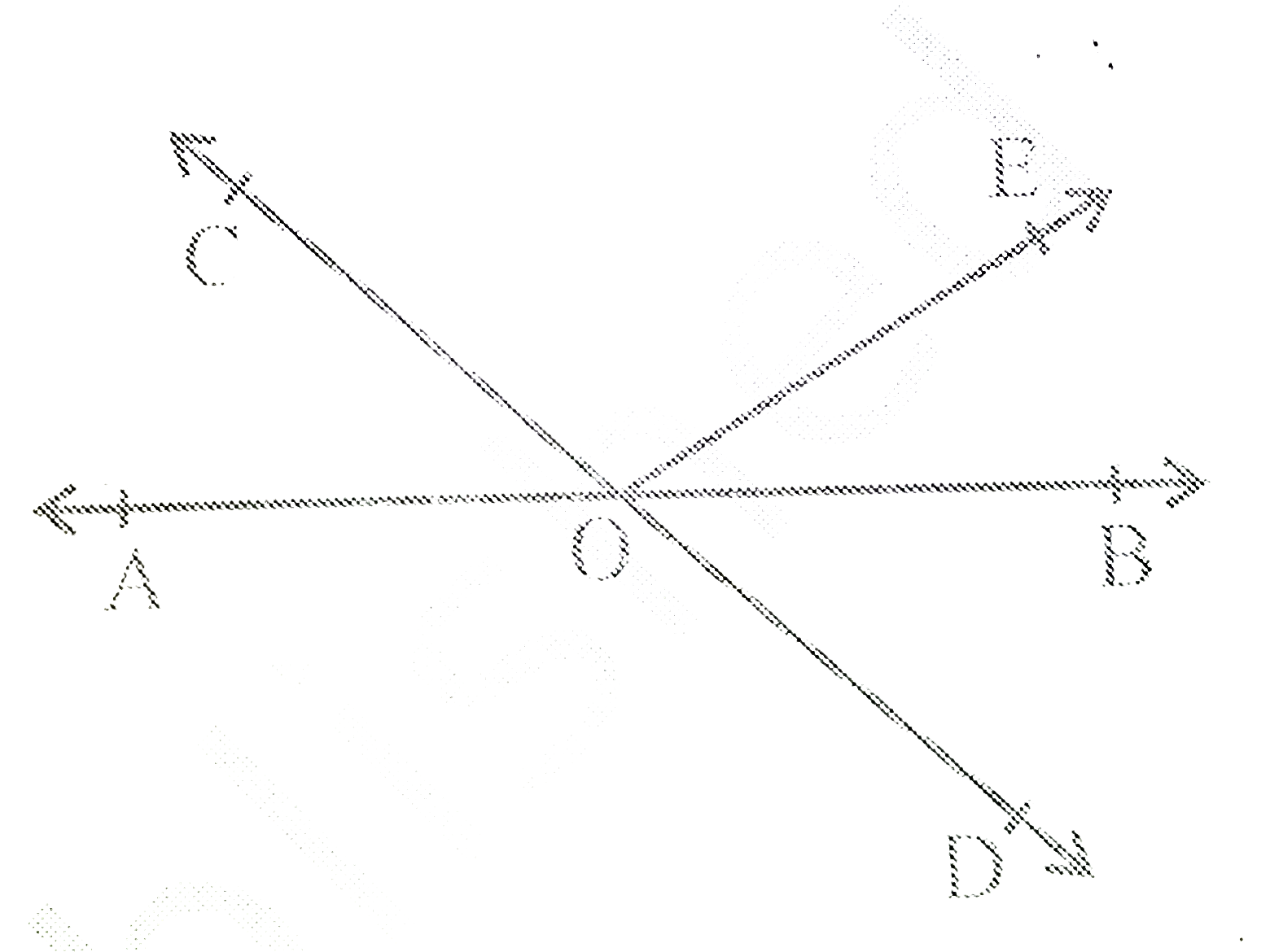In Fig. 6.41, if AB∣∣DE,∠BAC=35∘ and ∠CDE=53∘, find ∠DCE.

Video Solution
Text Solution
∠DCE=∠EAB(Alternate angles as AB∣∣DE and AE is transversal)
∠DEC=35∘
In △DCE, we have
DCE+∠CED+∠CED=180∘
(Angle sum property)
∠DCE+35∘+53∘=180∘
∠DCE=180∘−88∘=92∘
|
Similar Questions
In Figure, if AB∣∣DE,∠BAC=350 and ∠CDE=530 , find ∠DCE.
View SolutionIn Figure, if AB ∣∣DE, ∠BAC=350and ∠CDE=530, find ∠DCE.
View SolutionIn Figure, if AB||CD, EF||BC, ∠BAC=65∘ and ∠DHF=35∘, find ∠AGH.
View SolutionIn Fig. 4.89, if EDC~EBA, ∠BEC=115o and ∠EDC=70o . Find ∠DEC, ∠DCE, ∠EAB, ∠AEB and ∠EBA . (FIGURE)
View SolutionIn Figure, if AB∣∣CD, EF ⊥CD and ∠GED=1260, find ∠AGE, ∠GEF and ∠FGE
View SolutionIn Fig. 6.13, lines AB and CD intersect at O. If ∠AOC +∠BOE=70∘and ∠BOD=40∘, find ∠BOE and reflex ∠COE.

View SolutionIn Fig. 4.31, if ADDC=BEEC and ∠CDE=∠CED , prove that CAB is isosceles. (FIGURE)
View SolutionIn Fig. 4.241, DEBC and AD=12BD . If BC=4.5cm , find DE . (FIGURE)
View SolutionIn the given figure, if AB || CD and CD || EF, find ∠ACE.
View SolutionIn Fig. 4.145, if AB⊥BC , DC⊥BC and DE⊥AC , prove that CED∼ABC . (FIGURE)
View Solution
